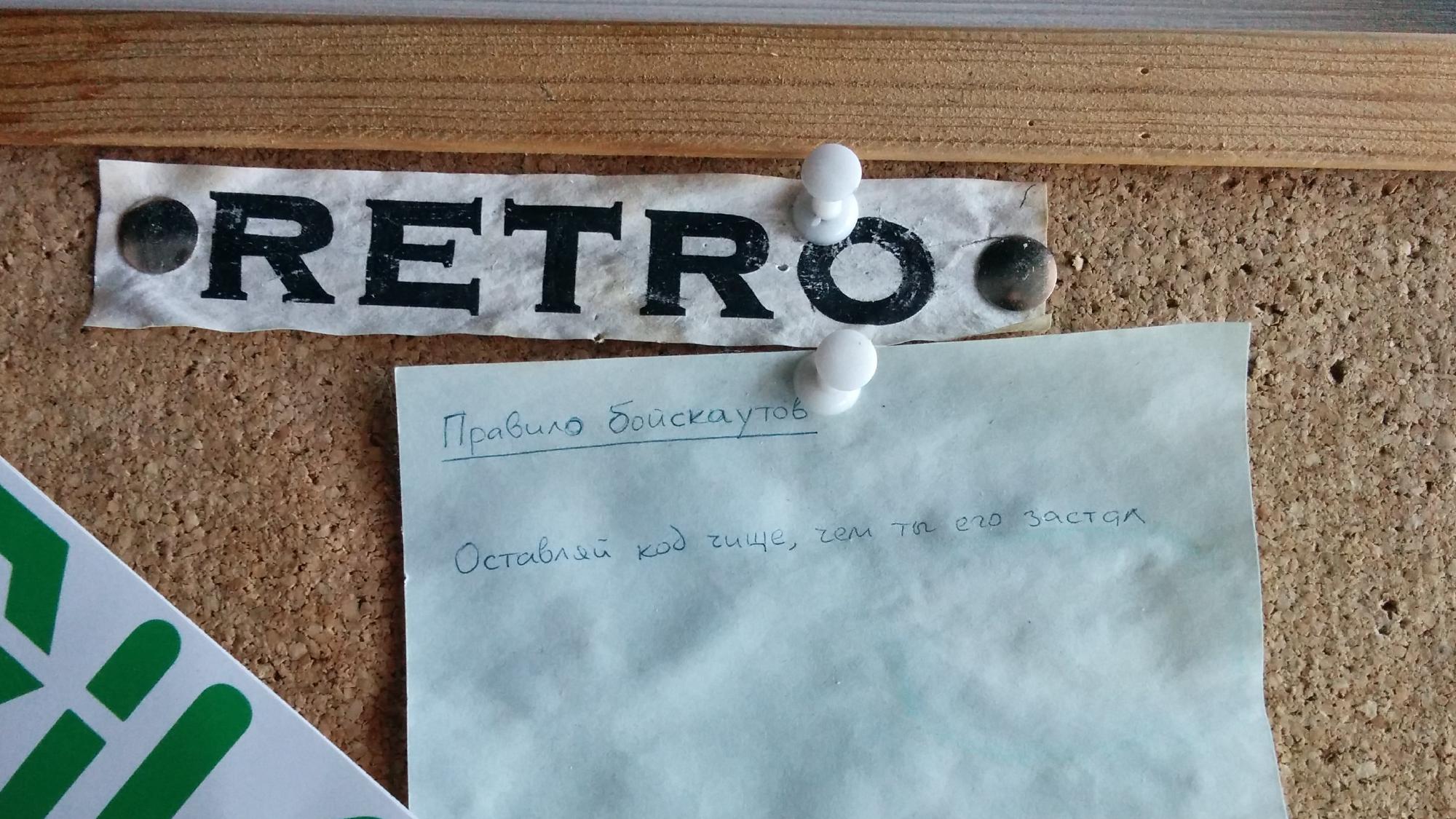
Hard work definition
People often say they work hard, and then tell you stories to convince you about it. Most of the time it’s interesting, but not practical. For example, there’s an essay titled “How to Work Hard” by Paul Graham. It’s disappointing because it fails to define hard work clearly. Let’s fix this.
You work hard if you:
- Cannot allow the task to be less than 100% complete.
- Do everything you can to push it forward.
Therefore, if you can allow the task to be 99% complete, you don’t work hard. That’s it.
Why 100%?
According to the Pareto principle, 80% of outcomes come from 20% of an effort.
The problem is in our brain. It plays tricks with us. Consider engineer Sergey who’s solving a hard problem. He invested a week into it and now clearly sees a solution. He states that the problem is 80% solved, and he needs just a little bit more time (1-2 days) to implement it. In reality, it can mean that he did the easiest part and put just 20% of an effort. To solve the problem completely he’ll need 4 more weeks.
As you see, 80% complete task is not very different from 0% complete in terms of time to complete. Also, 80% of zero is still zero.
This raises a question. How do define 100% completion?
What is 100% completion
In general, every worthy task consists of 6 sub-tasks:
- State the problem. The most important one. Also the hardest, if the problem is unfamiliar.
- Search for possible solutions. Can be easy only if the problem is easy or if you take mental shortcuts. Hard if you’re aware of cognitive biases and consciously fight them. Take a look at the list of cognitive biases we have. For example, you can fall victim of anchoring, availability, confirmation bias.
- Implement a chosen solution. This is what people usually mean by “100% completion” ignoring sub-tasks around it.
- Test the solution. Takes the same time as implementation, often more.
- Deploy the solution. Often the boring part for problem solvers. That makes this sub-task dangerous and important.
- Convince other people that you’ve solved the problem. At least make them aware of it, it’s less difficult but still difficult in modern world.
100% completion means you complete every sub-task above. At different stages you need to think outside of the box, apply your skill, and then organize other people. This is what makes work hard.
On return of investment
You may argue that it’s exponentially hard to achieve 100% solutions for most of the problems, and may not make sense. This is true. For example, we have a problem with hepatitis B. Global coverage with 3 doses of hepatitis B vaccine is estimated at 83%. It probably makes little sense to push it to 100% because we have the herd immunity already.
But this article is not about problems, it’s about tasks. Tasks have an end, problems often do not. The process of converting the problem into tasks implicitly says “yes, we want to invest into those tasks”. So, don’t worry, and complete your tasks 100%.